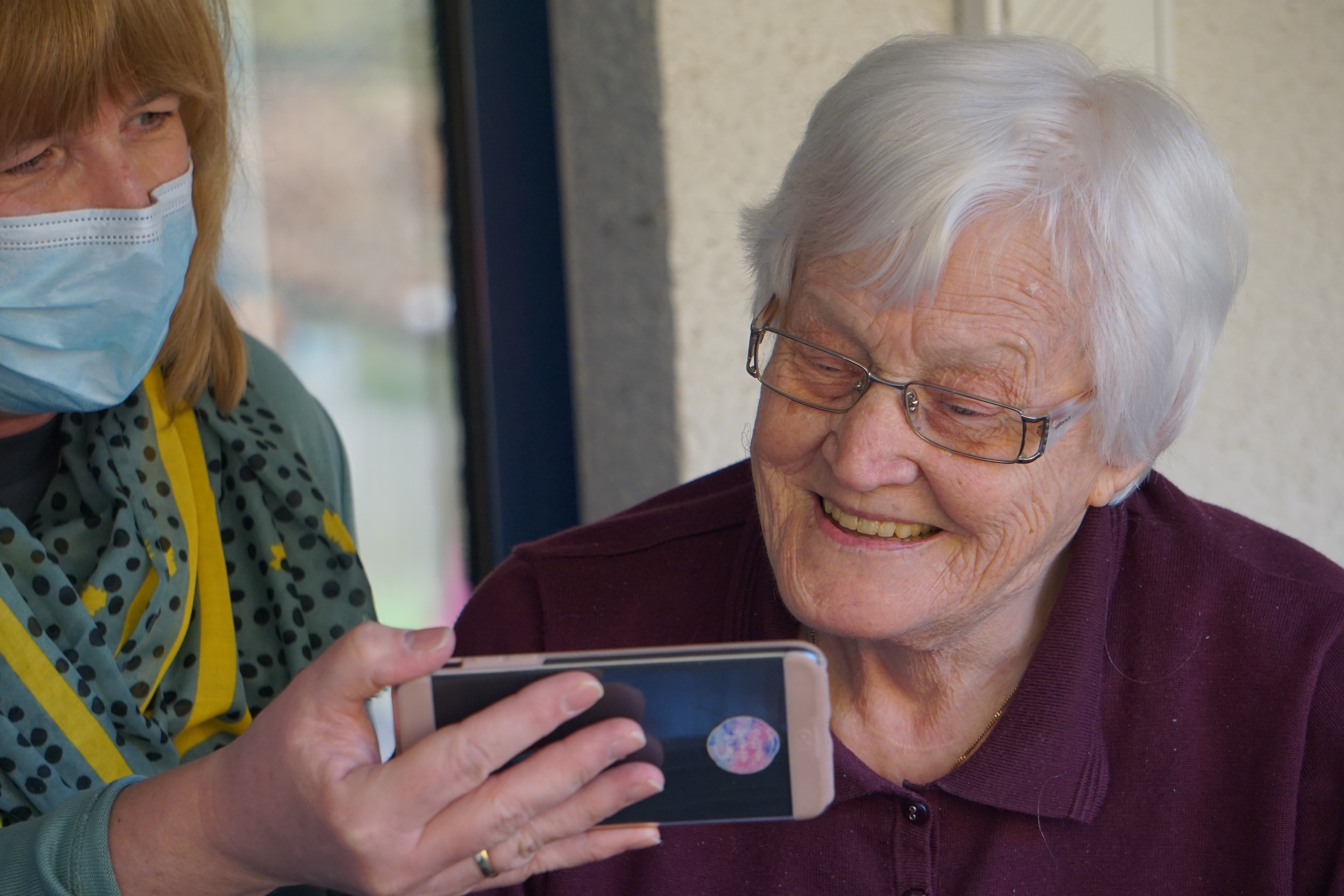
What is Scleroderma and How is it Treated?
- Causes and Symptoms of Scleroderma Plus Treatment Options
- Causes and Risk Factors
- Types and Diagnosis
- Symptoms
- Skin-Related
- Raynaud’s Phenomenon
- Digestive Issues
- Heart and Lung Problems
- Kidney Complications
- Joint Issues
- Teeth Issues
- Treatment
- Medications
- Therapies
- Other Procedures
- Lifestyle Remedies
Causes and Symptoms of Scleroderma Plus Treatment Options
Scleroderma (pronounced skalri-oh-Dur-muh) is a group of rare diseases that can be difficult to diagnose because it can take so many forms and affect so many different areas of the body. This disease involves the hardening and tightening of the skin and may also cause problems in the blood vessels, internal organs, and digestive tract.
Causes and Risk Factors
Scleroderma is the result of an overproduction and accumulation of collagen in body tissues. Collagen is the fibrous type of protein that makes up your body’s connective tissues, including your skin. It is not known exactly what starts this process, but the immune system appears to play a role. Other risk factors include:
- genetics (this disease tends to run in families and is more common in certain ethnic groups)
- Environmental triggers (exposure to certain viruses, medications or drugs, or repeated exposure to harmful chemicals)
Types and Diagnosis
There are two main types of scleroderma. The type that only affects the skin is called localized scleroderma, or morphea. A doctor may suggest blood tests after a thorough physical examination to check for elevated levels of certain antibodies produced by the immune system. Imaging may also be done of organs to help determine if the digestive tract, heart, lungs, or kidneys are affected.
Symptoms
Scleroderma symptoms vary from person to person.
Nearly every scleroderma patient experiences a hardening and tightening of the skin. The first parts of the body to be affected are usually the fingers, hands, feet, and face. In some people, the skin thickening can also involve the forearms, upper arms, chest, abdomen, lower legs, and thighs. Early symptoms include swelling and itchiness. Affected skin can become lighter or darker in color and may look shiny because of the tightness.
Some people may also experience small red spots on their hands and face. Calcium deposits can form under the skin, particularly at the fingertips, causing bumps that can be seen on X-rays.
Raynaud’s Phenomenon
Raynaud’s is common in scleroderma and occurs when the small blood vessels in the fingers and toes contract in response to cold or emotional distress. Fingers and toes may turn white, blue, or red and feel painful or numb. If severe, damage to the tissue can cause pits or skin sores, and in some cases the skin tissue may die.
Digestive Issues
Scleroderma can affect any part of the digestive tract and depending on which parts, signs and symptoms may include:
- Heartburn
- Difficulty swallowing
- Bloating
- Diarrhea
- Constipation
- Fecal incontinence
Heart and Lung Problems
When scleroderma affects the heart or lungs, patients may experience shortness of breath, decreased exercise tolerance, and dizziness. It can also cause scarring of the lung tissues that may result in increasing shortness of breath over time.
It can also cause blood pressure to increase in the circulation between the heart and lungs, called pulmonary hypertension. This can lead to excess fluid in the legs, feet, and sometimes around the heart.
When it affects the heart, scleroderma can cause irregular heartbeats, inflammation, scar tissue, and even heart failure in some cases.
Kidney Complications
A serious complication involving the kidneys is possible and is referred to as scleroderma renal crisis. It involves a sudden increase in blood pressure and rapid kidney failure.
Joint Issues
The skin over joints can become so tight that it restricts joint flexibility and movement, particularly in the hands.
Teeth Issues
Severe tightening of facial skin can cause the mouth to become smaller and narrower, making it difficult to brush your teeth or have them professionally cleaned. Scleroderma patients often don’t produce normal amounts of saliva, causing an increased risk of dental decay.
Treatment
There is currently no cure for scleroderma. However, treatments can ease symptoms, slow progression, and improve quality of life.
Medications
Because scleroderma affects so many different parts of the body, there are a wide variety of medications that can be used to ease or slow symptoms. These medications can:
- Dilate blood vessels
- Suppress the immune system
- Reduce digestive symptoms
- Prevent infections
- Relieve pain
Therapies
Physical or occupational therapists can help patients improve strength and mobility that help maintain independence with daily tasks. Hand therapy may help prevent hand contractures.
Other Procedures
Stem cell transplants might be an option for some with scleroderma who have severe symptoms that haven’t responded to more common treatments. If the lungs or kidneys have been severely damaged, organ transplants might be considered.
Lifestyle Remedies
There are many daily things scleroderma patients can do to slow the progression of the disease and relieve symptoms. These include:
- Exercise, which helps keep the body flexible, improves circulation, and relieves stiffness.
- Skin protection, including using lotion and sunscreen as well as avoiding hot baths and showers, strong soaps, and household chemicals that can irritate and dry the skin further.
- Smoking cessation; nicotine causes blood vessels to contract, worsening Raynaud’s disease.
- Heartburn management through avoiding foods that give the patient heartburn, avoiding late meals, elevating the head in bed, and using antacids.
- Protection from the cold by wearing warm gear to help prevent Raynaud’s symptoms.
- Continue to pursue the things that make life enjoyable, such as spending time with family and friends and doing hobbies.





